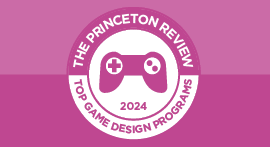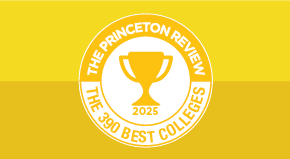Printmaking
Overview
Printmaking originally arose from a demand for multiple copies of a written or artistic work. Since then, Printmaking has developed into a fine art in itself. Printmaking is the production of original images on a separate medium, usually in multiples. Depending on the Printmaking process, an artist will draw on a surface such as a metal plate, stone, or sheet of silk, which is then treated, inked, and run with paper by hand through a press to print the desired number of original pieces.
Printmaking students study intaglio (etching and engraving), monotype lithography, serigraphy (silk screen), and relief printmaking (woodcut and linocut). Most programs, after introducing all the basic techniques, require the Printmaking major to choose one area of concentration.
- $55,784 Tuition
- 1370 Avg SAT
- 14,001 Enrolled
- $34,364 Tuition
- 65,450 Enrolled
- $55,566 Tuition
- 1,893 Enrolled
View All Printmaking Schools
SAMPLE CURRICULUM
Advanced Printmaking I-II
Art History I-II
Design I-II
Drawing I-IV
Introductory Intaglio
Introductory Lithography
Introductory Relief
Introductory Serigraphy
Painting
Sculpture
Studio I-IV
HIGH SCHOOl PREPARATION
GRADUATE PROGRAMS & CAREERS
Explore Colleges For You
Connect with our featured colleges to find schools that both match your interests and are looking for students like you.
Top Schools for Game Design
Ready to create the next great app? Launch your gaming career at one of these top 50 programs.
Best 390 Colleges
168,000 students rate everything from their professors to their campus social scene.
Get Started on Athletic Scholarships & Recruiting!
Join athletes who were discovered, recruited & often received scholarships after connecting with NCSA's 42,000 strong network of coaches.



